您的购物车目前是空的!
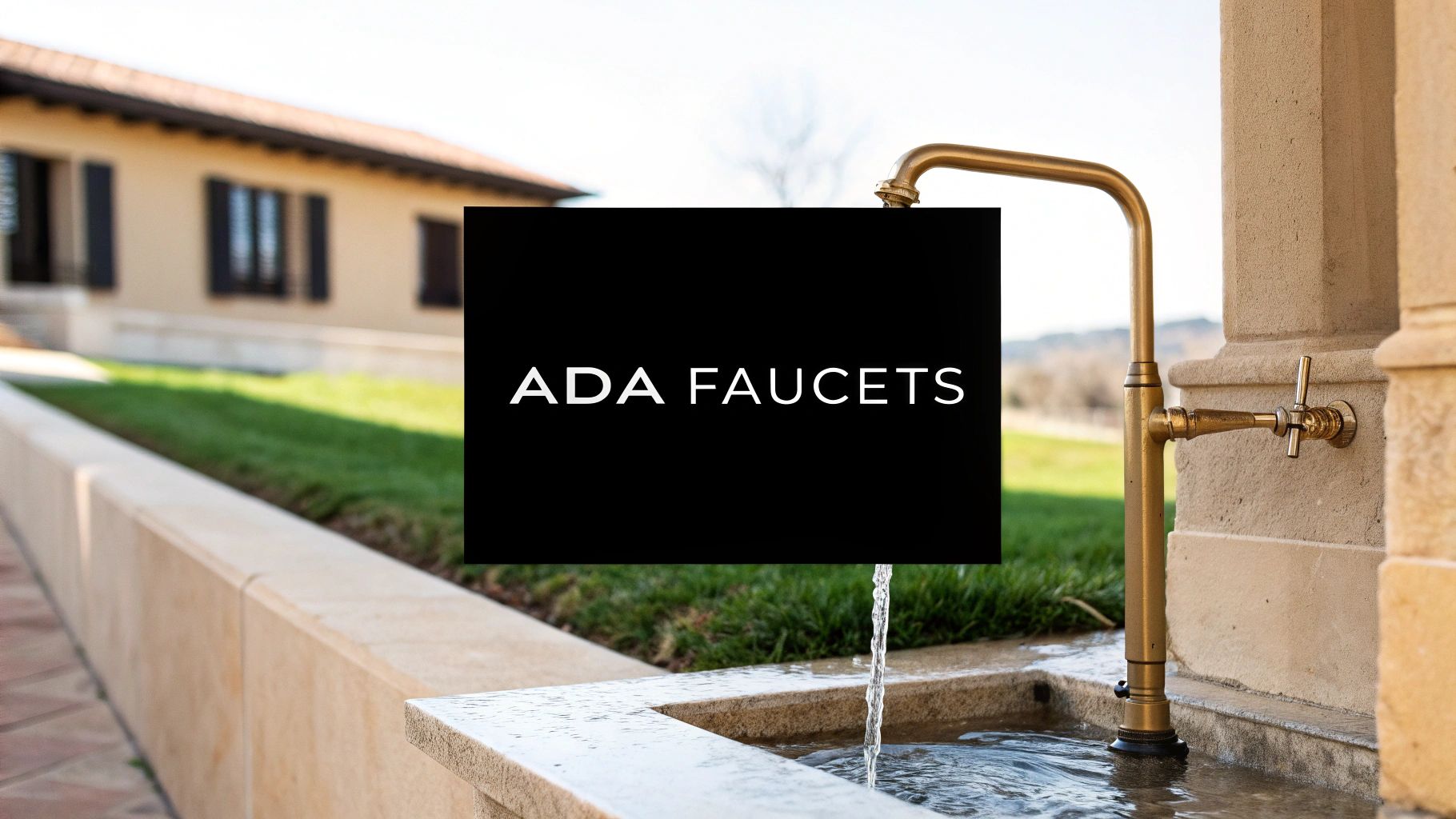
ADA Faucet Requirements: Complete Guide to Compliance
The Real Impact of ADA Faucet Requirements
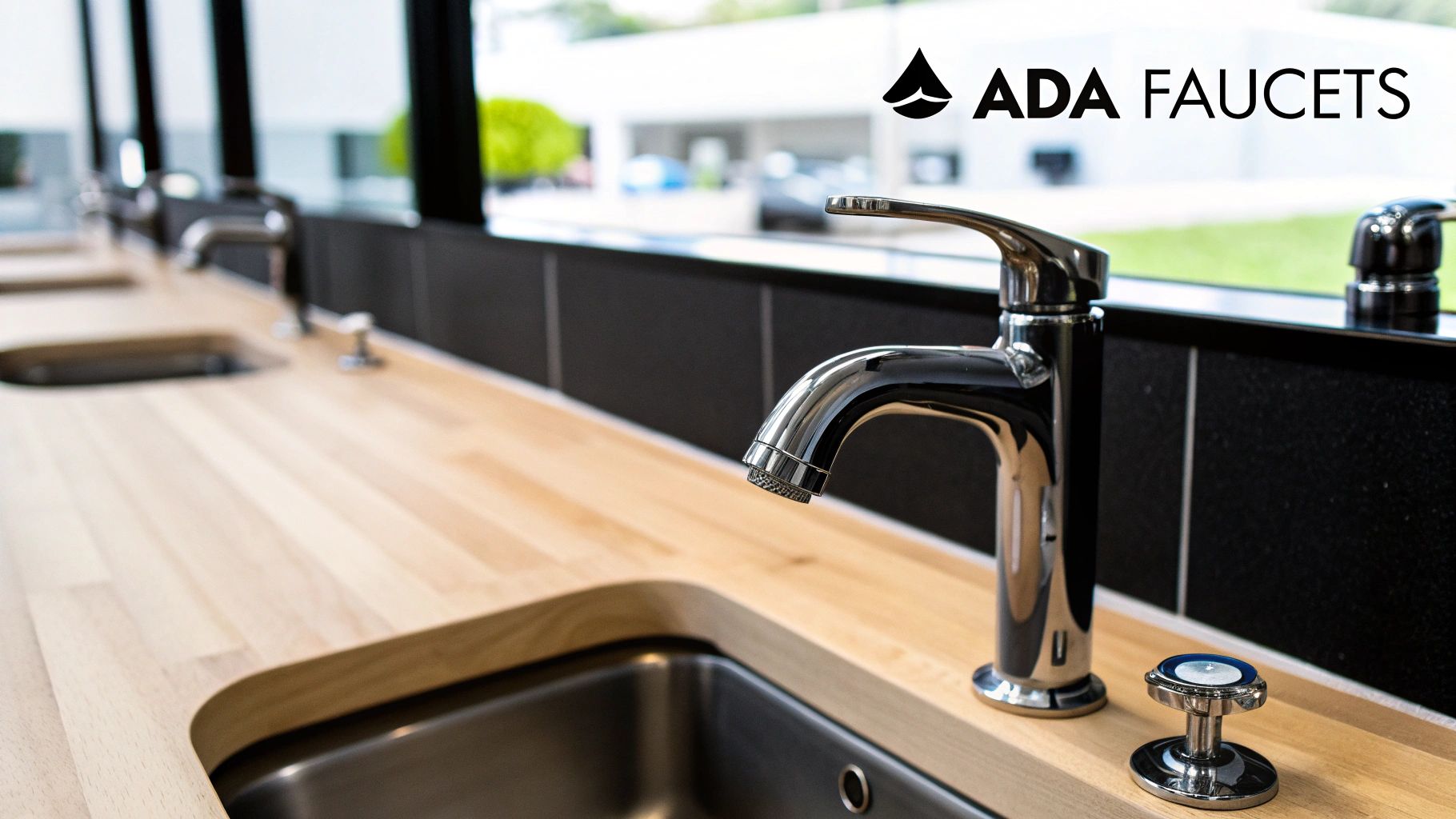
ADA faucet requirements are more than just a checklist. They signify a commitment to inclusivity, significantly impacting the lives of people with disabilities. Imagine the difficulty of turning a stiff knob with arthritic hands, or needing one hand for support while operating a faucet. These seemingly minor issues can become significant obstacles for individuals with limited mobility or dexterity.
This is why ADA-compliant faucets are essential. They make a simple act like handwashing a dignified and independent experience.
For instance, compare a standard knob-style faucet to a lever-operated faucet. The lever requires considerably less force and wrist rotation, making it easier for those with arthritis or other hand strength limitations. This simple design change dramatically improves usability and promotes independence. Proper faucet placement is also crucial. An ADA-compliant installation ensures easy reach, preventing awkward movements and uncomfortable postures.
These requirements originate from the Americans with Disabilities Act (ADA), landmark legislation that has dramatically improved accessibility in public spaces. Enacted in 1990, the ADA has been essential in making public and commercial spaces accessible to everyone, including people with disabilities. Plumbing fixtures, including faucets, are one of the key areas addressed.
ADA Compliance in Healthcare
In healthcare, where users often have mobility challenges, ADA-compliant faucets are especially important. These faucets must be operable with one hand, requiring no more than 5 pounds of force to activate. This ensures users can control the water flow without strain. This is especially important in environments like hospitals, where minimizing barriers is crucial for both patients and staff. The 2010 ADA Standards, effective March 15, 2012, provide detailed requirements for plumbing fixtures. Learn more about ADA compliance in healthcare settings here.
Consequences of Non-Compliance
Ignoring ADA faucet requirements has consequences beyond mere inconvenience. Non-compliance can lead to legal action, fines, and reputational damage. Beyond the legal ramifications, however, there's a human cost. When facilities don't meet these standards, they exclude a segment of the population and send a message of indifference to their needs.
ADA compliance is not just about avoiding penalties. It’s about creating welcoming and inclusive environments. Prioritizing accessibility shows a genuine commitment to serving the entire community. This benefits people with disabilities and enhances the overall user experience for everyone. Consider the ease of a touchless faucet; it's beneficial to people with and without disabilities. This proactive approach fosters goodwill and strengthens a company’s image.
Breaking Down the Technical Side of ADA Faucets
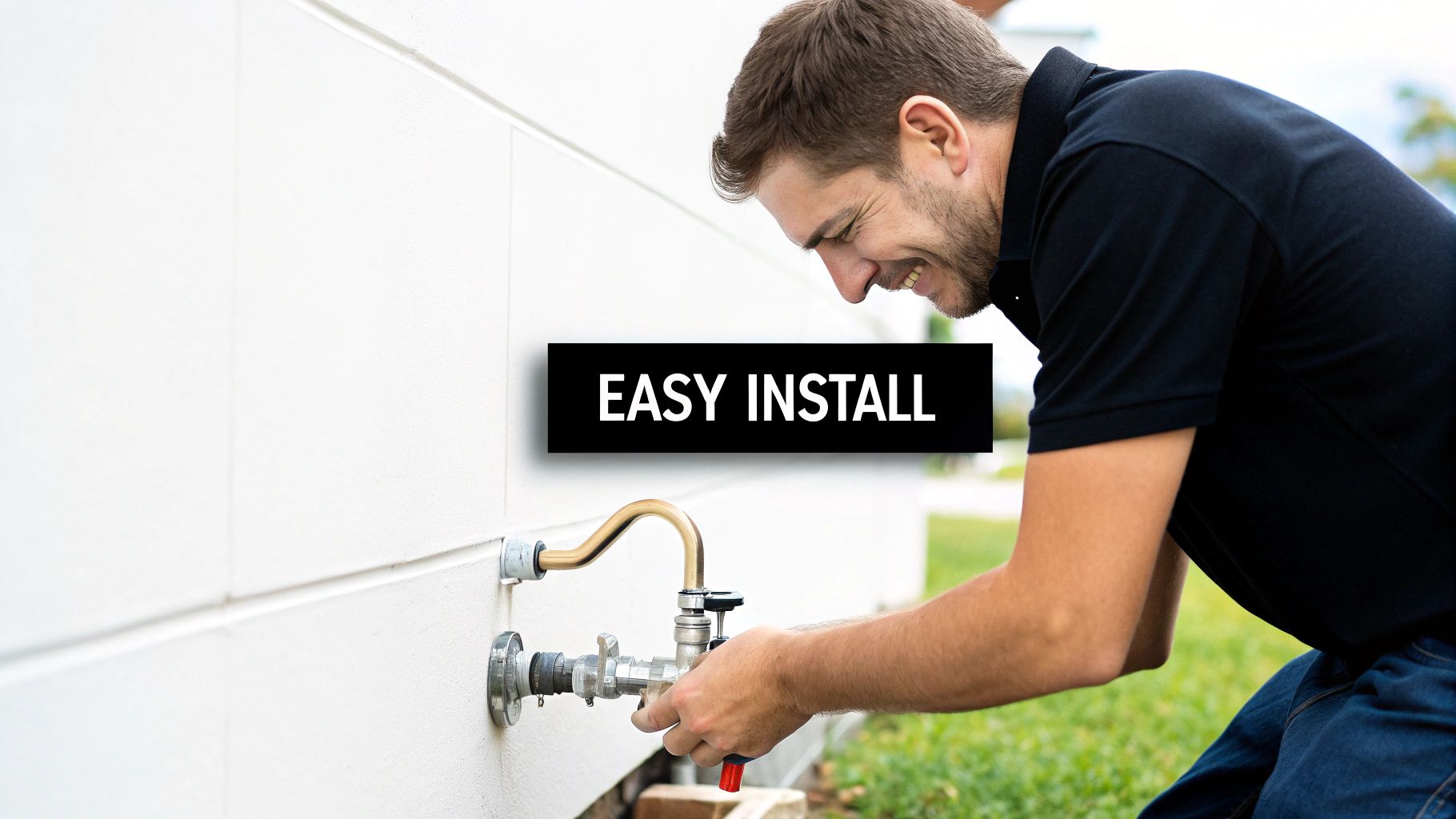
Beyond general accessibility guidelines, let's explore the technical specifics of ADA faucet requirements. These requirements are grounded in human factors research, addressing real-world challenges faced by people with disabilities. Understanding these details is crucial for selecting and installing truly compliant and usable faucets.
Force and Operation Requirements
A key aspect of ADA compliance is the force needed to operate the faucet. For someone with arthritis, gripping and turning a tight knob can be difficult or impossible. ADA standards require faucets to be operable with one hand, without tight grasping, pinching, or twisting of the wrist.
This generally favors lever handles, push-type mechanisms, and touchless faucets. Beyond handle type, ease of operation is essential. The handle should turn smoothly without wrist strain, aligning with ADA force requirements. This is vital for users with limited mobility.
Operable parts should be no higher than 48 inches from the floor, reducing to 44 inches if obstructions exist. Regular cleaning prevents mineral buildup that can hinder usability. Faucets with automatic shutoff must stay open for at least 10 seconds (excluding motion-activated faucets), providing ample handwashing time. For more helpful tips, check out these ADA-compliant faucet tips.
Clearance and Reach Considerations
Clear space around the faucet is also crucial. Wheelchair users need ample knee clearance beneath the sink for comfortable access. ADA standards define specific knee clearance measurements for maneuverability.
Reach range is another important consideration. Controls must be within reach for users of varying heights and abilities, maximizing usability. For further information on related topics, see our guide on water flow rates.
To help visualize the specific requirements, let's take a look at the following table:
ADA Faucet Technical Requirements
This table provides a comprehensive overview of the exact specifications required for ADA-compliant faucets, helping readers understand the precise measurements and design parameters they need to follow.
| Requirement | Specification | Notes |
|---|---|---|
| Operating Force | Less than 5 lbs | Applies to lever handles, push-type mechanisms, and touchless faucets |
| Handle Operation | No tight grasping, pinching, or twisting of the wrist | Ensures ease of use for individuals with limited dexterity |
| Operable Part Height | Maximum 48 inches from floor (44 inches with obstructions) | Allows access for users of different heights |
| Automatic Shutoff Time | Minimum 10 seconds (excluding motion-activated faucets) | Provides sufficient handwashing time |
| Knee Clearance | Specific measurements defined by ADA standards | Ensures comfortable access for wheelchair users |
| Reach Range | Controls within reach for users of varying heights and abilities | Maximizes usability for everyone |
As you can see, adhering to these specifications ensures that faucets are accessible to all.
Why These Specifications Matter
These details – force limits, clearance spaces – have a significant impact on accessibility. A handle requiring excessive force can exclude those with limited hand strength. Insufficient clearance can prevent wheelchair users from using the sink entirely.
By understanding the rationale behind these specifications, we appreciate their impact on inclusive design. They aren't just numbers; they represent a commitment to ensuring everyone can perform essential tasks with dignity and independence.
Choosing the Right ADA Faucet Design for Your Space
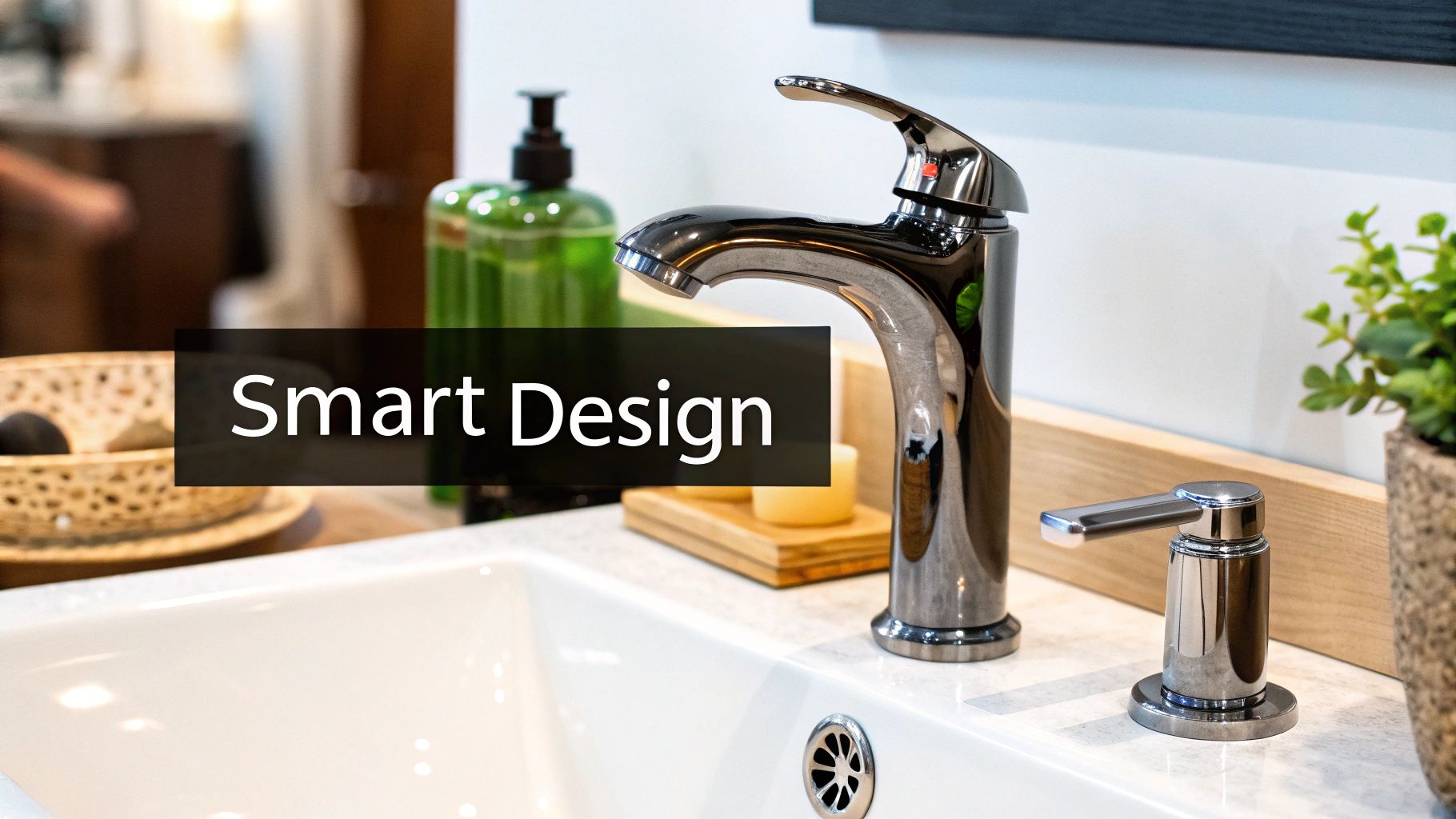
Not all ADA-compliant faucets are the same. While many may technically meet the ADA faucet requirements, their actual performance can differ greatly. Factors like the environment, user needs, and maintenance play a vital role in selecting the best design. Careful consideration is essential when choosing the right ADA faucet for your specific space.
Faucet Types and Their Applications
Several ADA-compliant faucet designs are available, each with its own pros and cons. These include traditional lever handles, touchless sensor faucets, and hybrid designs that combine features of both. Lever handles are a familiar and budget-friendly option, requiring minimal maintenance. However, they may not be ideal for high-traffic restrooms or users with limited hand strength. You can explore various faucet options in our product catalog.
Touchless sensor faucets offer enhanced hygiene and water conservation. They are particularly well-suited for healthcare facilities and public restrooms. However, sensor faucets can have higher upfront installation and maintenance costs. They may also require periodic recalibration for optimal performance. This makes hybrid designs, offering both manual and sensor activation, an attractive option for diverse user needs.
Comparing Faucet Designs
To help you make an informed decision based on your specific needs, the following table highlights the key differences between these faucet types:
This table compares different types of ADA-compliant faucets across multiple factors including cost, installation complexity, maintenance requirements, and suitability for different environments.
Comparison of ADA-Compliant Faucet Types
| Faucet Type | Pros | Cons | Best For | Price Range |
|---|---|---|---|---|
| Lever Handle | Familiar design, easy to use, low maintenance | Requires hand operation, may not be ideal for high-traffic areas | Residential bathrooms, private offices | $50 – $200 |
| Touchless Sensor | Hygienic, water-saving, hands-free operation | Higher initial cost, requires periodic recalibration | Healthcare facilities, public restrooms | $150 – $500 |
| Hybrid (Manual & Sensor) | Offers flexibility, caters to diverse needs, combines hygiene with user control | Can be more complex to install, higher cost than lever handles | Public spaces with varying needs, educational institutions | $200 – $600 |
This table summarizes the key characteristics of each faucet type, making it easier to compare and choose the best fit for your project. Lever handles are a cost-effective and simple solution for low-traffic areas, while touchless sensor faucets offer better hygiene in high-use environments. Hybrid faucets provide a balance of convenience and accessibility.
Real-World Performance and User Experience
Beyond simply meeting ADA standards, the actual user experience is paramount. A faucet that's technically compliant but difficult to use defeats the purpose of accessibility. For instance, a sensor faucet with inconsistent activation can be frustrating. A lever handle requiring excessive force can be challenging for some individuals.
Choosing the right ADA faucet necessitates a thoughtful approach. Consider the specific environment, user needs, and long-term maintenance requirements. Real-world installations and feedback from facility managers offer valuable insights into which faucet technologies perform best in different contexts. This careful consideration ensures your chosen faucet not only meets ADA requirements but also provides a truly accessible and user-friendly experience.
Installation Secrets That Ensure True Compliance
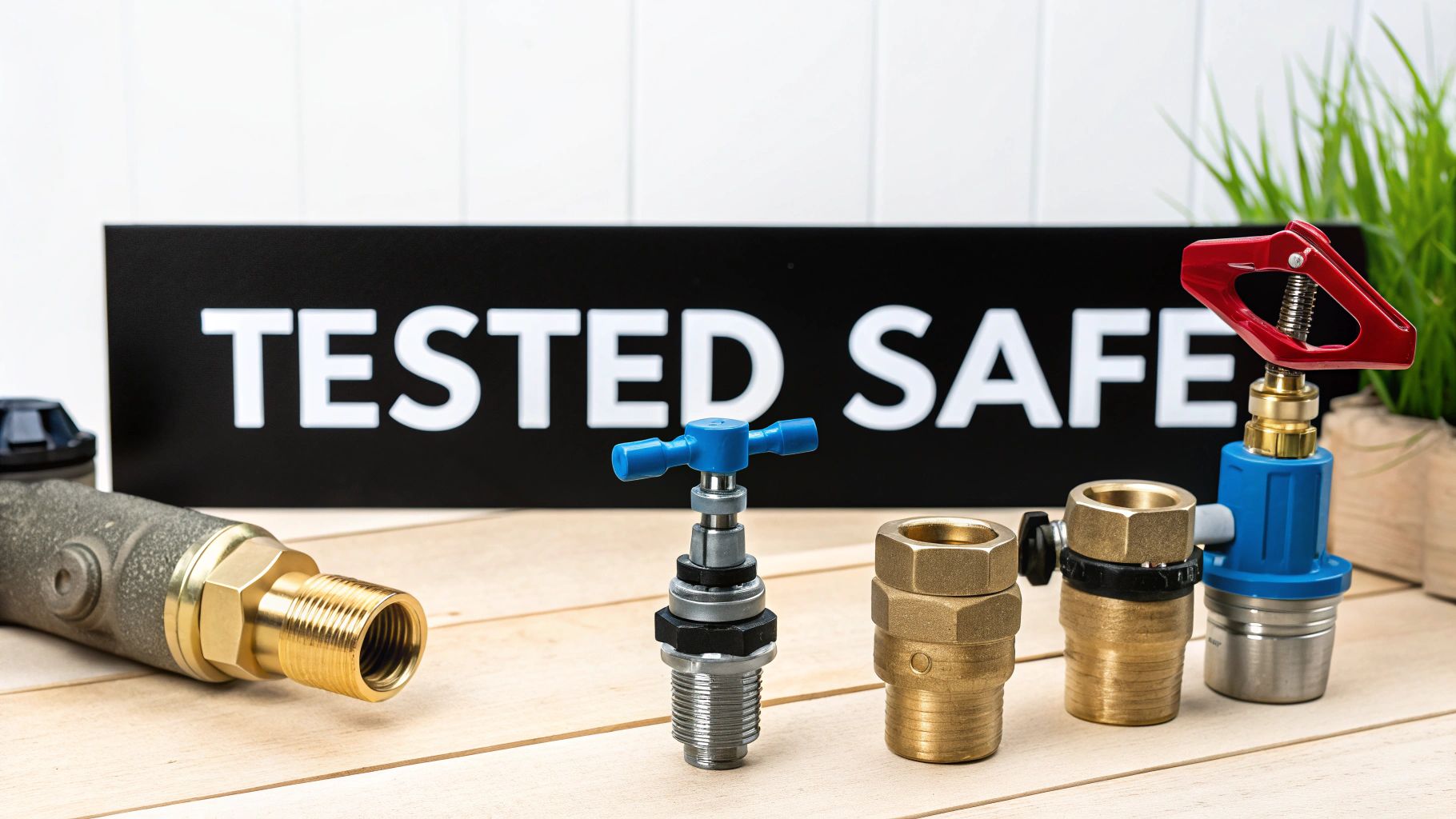
Choosing the right ADA-compliant faucet is a great start. But proper installation is equally vital for genuine accessibility. Even the best-designed faucet can become difficult to use if not installed correctly. This section explores the essential installation details that determine whether your faucets are truly ADA compliant. For further guidance, check out our installation guide.
Crucial Measurements and Positioning
Accurate measurements and placement are key for ADA faucet installations. Incorrect positioning can make a faucet unusable, even if it meets all other accessibility standards. For instance, a faucet placed too high or too far back on the counter may be out of reach for someone using a wheelchair. Limited knee space under the sink can also prevent comfortable access.
Key measurements to remember include:
- Faucet Height: The spout should be no higher than 34 inches from the floor.
- Knee Clearance: A minimum of 27 inches of vertical clearance and 8 inches of horizontal clearance is needed under the sink.
- Reach Range: Controls should be easily reachable, typically within 20 inches from the front edge of the sink.
These measurements are designed to accommodate the needs of people with mobility limitations. Precise installation ensures the faucet is usable for everyone. This brings us to the next crucial aspect – avoiding common installation errors.
Avoiding Common Installation Pitfalls
Overlooking necessary knee and toe clearance under the sink is a common mistake, even for seasoned plumbers. Exposed pipes or sharp edges in this area can be dangerous. Incorrect handle placement, making them hard to operate for users with limited dexterity, is another frequent oversight.
The Americans with Disabilities Act (ADA) also has specific guidelines for accessible sinks and lavatories, including the number of compliant fixtures required. At least 5% of sinks (but no less than one of each type) must be ADA compliant in accessible rooms or spaces. This is especially important for public areas like breakrooms, classrooms, and restrooms. For more information on ADA sink and lavatory requirements, see the guidelines here.
Practical Solutions for Challenging Spaces
Retrofitting existing bathrooms can be tricky. Limited space or existing plumbing can make meeting ADA standards seem difficult. However, careful planning and creative solutions can help overcome these obstacles.
Consider these options for tight spaces:
- Wall-Mounted Faucets: These free up counter space and improve reach.
- Adjustable Height Sinks: These provide flexibility for users of different heights and abilities.
- Creative Plumbing Solutions: A skilled plumber can often reroute pipes or adjust existing plumbing to accommodate ADA requirements.
By carefully considering these installation details, you can ensure your ADA-compliant faucets truly create an accessible and welcoming space. This thorough approach goes beyond simply meeting regulations. It demonstrates a true commitment to inclusivity and a positive experience for everyone.
Tailoring ADA Solutions for Different Facility Types
ADA faucet requirements aren't universal. What's perfect for a hospital might not work in a restaurant. Different facilities have unique accessibility needs, requiring tailored solutions that maintain compliance while addressing specific challenges.
Healthcare Facilities: Balancing Infection Control and Accessibility
In healthcare, infection control is critical. Touchless sensor faucets from companies like Chicago Faucets are often preferred to minimize germ spread. These faucets must still meet ADA requirements for operability, including activation force and sensor range. Proper placement ensures accessibility for patients with diverse mobility levels.
Educational Institutions: Addressing Diverse User Populations
Schools and universities cater to a wide range of users, from young children to adults with disabilities. Faucet choices must reflect this diversity. A lever handle faucet at a lower height might suit a preschool restroom, while a touchless faucet may be better in a university lab. You might be interested in: How to master finish selection…
Restaurants: Creating Accessible Experiences Without Compromising Aesthetics
Restaurants balance accessibility with aesthetics. ADA-compliant faucets shouldn't clash with the overall design. Many stylish and functional options meet both accessibility standards and design needs. This might involve sleek lever handle faucets or seamlessly integrating touchless faucets.
High-Traffic Public Spaces: Durability and Maintenance
High-traffic areas like airports and stadiums need durable, easy-to-maintain faucets. These facilities often choose robust sensor faucets that can handle heavy use and minimize water consumption. Regular maintenance is crucial for continued compliance and functionality.
Practical Solutions for Specific Challenges
Several innovative solutions address specific accessibility challenges:
- Adjustable height sinks: Offer flexibility for users of all heights and abilities.
- Wall-mounted faucets: Free up counter space, improving wheelchair accessibility.
- Thermostatic mixing valves: Maintain consistent water temperatures to prevent scalding, especially important in healthcare.
Choosing the right ADA faucet involves considering the unique demands of each facility. This includes user needs, maintenance requirements, and aesthetics, ensuring accessibility blends seamlessly with functionality and design. By tailoring solutions to specific contexts, we create truly inclusive environments.
Maintaining Compliance: Beyond Installation Day
Installing ADA-compliant faucets is just the beginning. Maintaining true compliance requires ongoing effort and a proactive approach to maintenance. This involves regular inspections, staff training, and a commitment to keeping accessibility a top priority, even as building codes change. Let's explore the practical aspects of maintaining ADA faucet requirements over time.
Developing a Proactive Maintenance Schedule
A well-defined maintenance schedule is essential for preserving accessibility. This schedule should include regular inspections and testing to catch potential issues before they impact users.
-
Regular Visual Inspections: Look for visible signs of damage, wear, or improper operation. Check for leaks, loose handles, or any other malfunctions.
-
Functional Testing: Regularly test how the faucet works. Ensure the handle operates smoothly within the 5-pound force limit, and that sensor faucets activate reliably. Also, confirm the automatic shutoff is working correctly.
-
Cleaning and Maintenance: Regular cleaning prevents mineral buildup that can affect usability. Follow the manufacturer’s instructions for cleaning and maintenance to keep the faucets in optimal working order.
These simple checks can stop small problems from becoming major accessibility issues.
The Role of Staff Training
Staff training is critical for maintaining ADA compliance. Employees who understand the importance of accessibility are better equipped to spot and report potential problems quickly.
-
Accessibility Awareness: Teach staff about the importance of ADA requirements and how they affect users with disabilities.
-
Operational Training: Train staff on the correct use and maintenance of ADA-compliant faucets, including how to identify and report problems.
-
Empowerment to Act: Encourage staff to take responsibility for accessibility by empowering them to address minor issues or report concerns to maintenance staff.
This fosters a culture of accessibility, ensuring ongoing compliance throughout the facility. You might be interested in: How to master category selection…
Documentation and Due Diligence
Thorough record-keeping is key to demonstrating due diligence. This documentation proves your continued efforts to maintain accessibility and is invaluable during inspections or if a complaint arises.
-
Maintenance Logs: Keep detailed records of all inspections, tests, and maintenance performed on the ADA-compliant faucets.
-
Staff Training Records: Document all staff training related to accessibility, including dates, topics covered, and who attended.
-
Remediation Efforts: Document any corrective actions taken to address accessibility problems, noting the specifics of the issue and the solution implemented.
This documentation shows your commitment to compliance and acts as a helpful resource for future maintenance and improvements.
Adapting to Renovations and Updates
Maintaining ADA compliance can be tricky during renovations or building updates. However, it’s vital to ensure continuous accessibility remains a priority.
-
Reviewing Plans: Carefully examine renovation plans to ensure any changes meet current ADA standards.
-
Proactive Communication: Talk with contractors and architects about the importance of maintaining accessibility during renovations.
-
Post-Renovation Inspection: Conduct a thorough inspection after renovations to ensure continued compliance with ADA faucet requirements.
This proactive approach ensures accessibility is never compromised during periods of change. For all your ADA-compliant faucet needs, visit Cranach bath and kitchen for a wide selection of high-quality, accessible products.

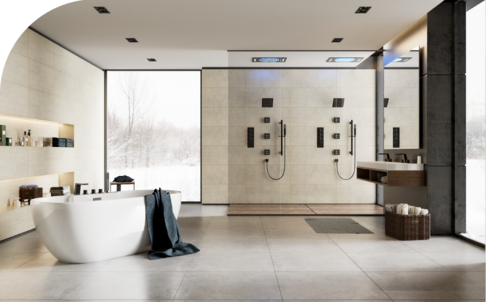
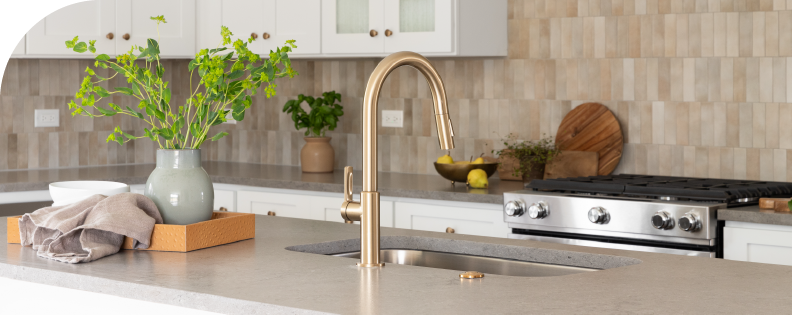

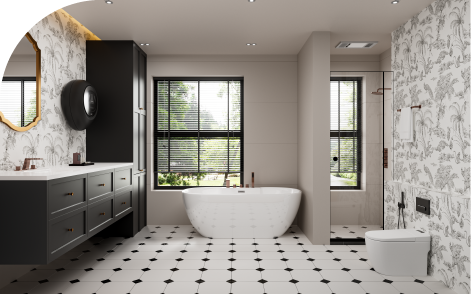
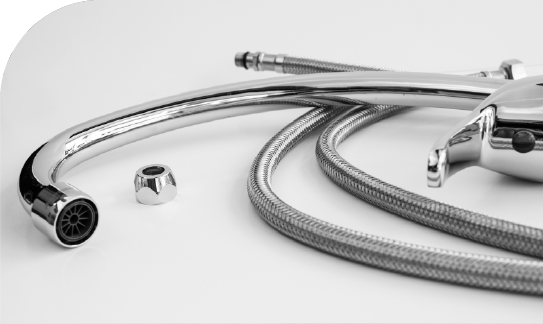

Leave a Reply